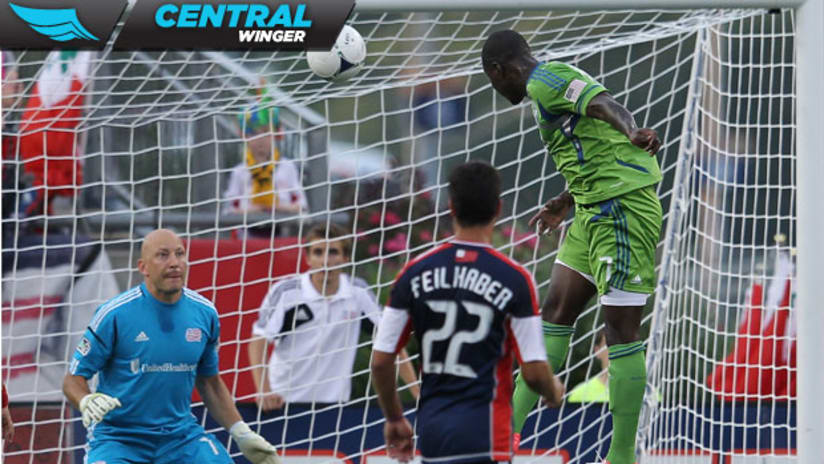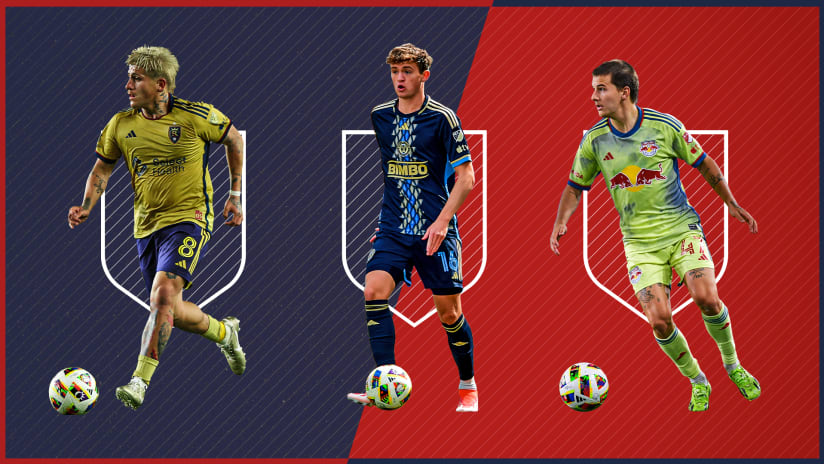In chess, there is a concept called transposition which, according to Wikipedia, is "a sequence of moves that results in a position which may also be reached by another, more common sequence of moves.” In other words, it’s the road less traveled.
Looking at possible transpositions is important for chess computers because it reduces the amount of possible board variations that it needs to evaluate. For one particular board state – no matter the moves that came before it – the chess computer's move is always the same.
Soccer is not like chess (at least in this context). The current action in soccer is very much dependent on the previous events. Some of my previous models have failed to compensate for this context (mostly because it's an incredibly daunting task). For example, when I modeled a pass’ likelihood of being completed, most of my inputs were components of the ball's current position. I did not compensate for where the ball had previously been.
In this article, we’ll explore just how much previous events – mostly, previous ball position – can influence the effectiveness of a cross from a single position. This same principal can be applied to just about any other measurable event, such as shots or passes.
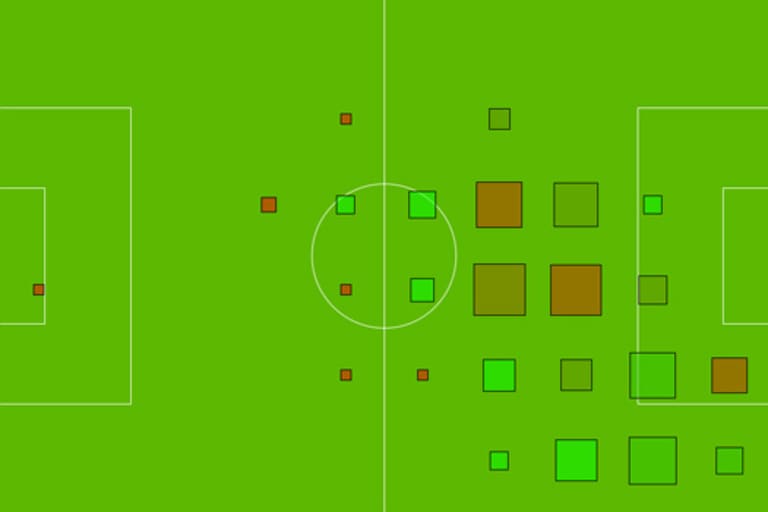
Here is a volume distribution of all of the 2012 MLS passes that immediately preceded an attempted cross from the right channel outside of the penalty box (attacking from left to right). The volume of each square represents the number of passes that originated from that area, and the color represents the average outcome of the resulting cross. Bright green, on one end of the green/red gradient, means a high completion rate.
Notice, despite the location of the resulting cross remaining consistent, the location of the previous pass seems to deeply effect the likelihood of the cross being completed successfully. This perhaps is one of the best illustrations I have come across to show just how difficult soccer analytics is. Not all crosses are the same – even when they look exactly the same on the OPTA Chalkboard.
This is yet another example of why context is so very important when digging through soccer data anywhere below surface level. To further emphasize this point, this is a similar graph looking at the same crossing data but only for the Seattle Sounders, and not restricting it to crosses from one particular area. A majority of Seattle's pre-cross passes originate from right above the box, which indicates their talent for inside-out play:
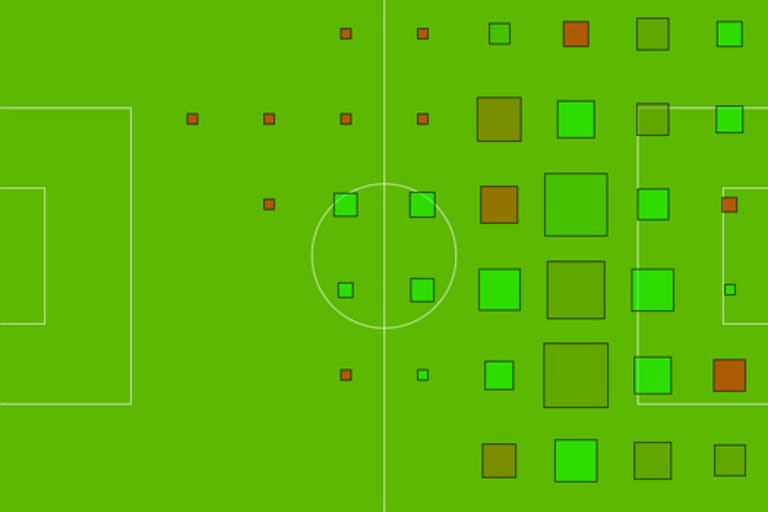
Conversely, look at Sporting Kansas City's distribution. A plurality of their crosses seem to manifest themselves out of either flank, which isn't surprising when you have Graham Zusi and Kei Kamara, not to mention a pair of aggressive, overlapping fullbacks:
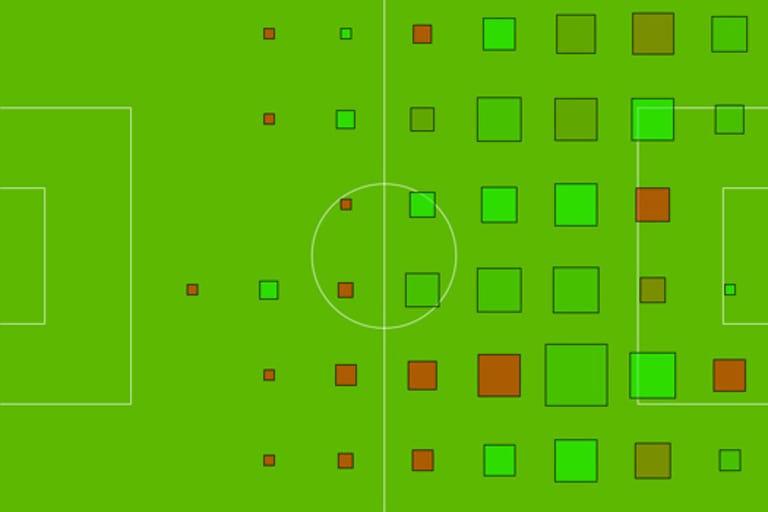
And finally, here’s Real Salt Lake. RSL are far less likely to rely upon their fullbacks to serve balls into the box, and doubly so on the left touchline. It’s pretty sparse out there:

Looking at where different teams generate more effective crosses from is not only a good way to help understand the attacking systems they a particular team is employing, but it also shows just how complicated (and important) the build-up to a cross can be.

